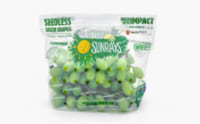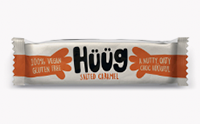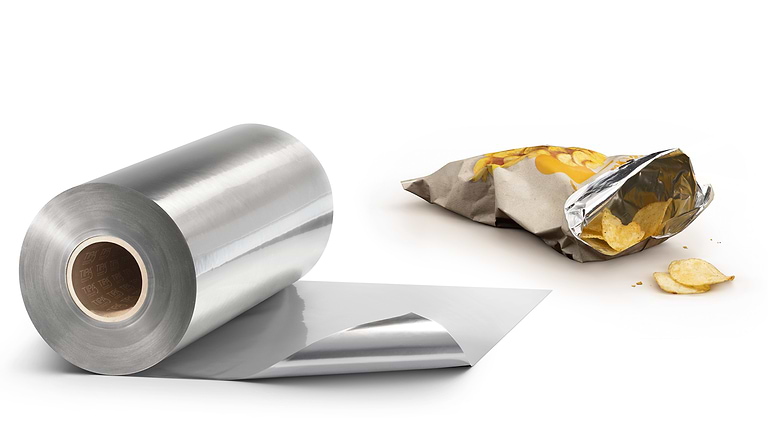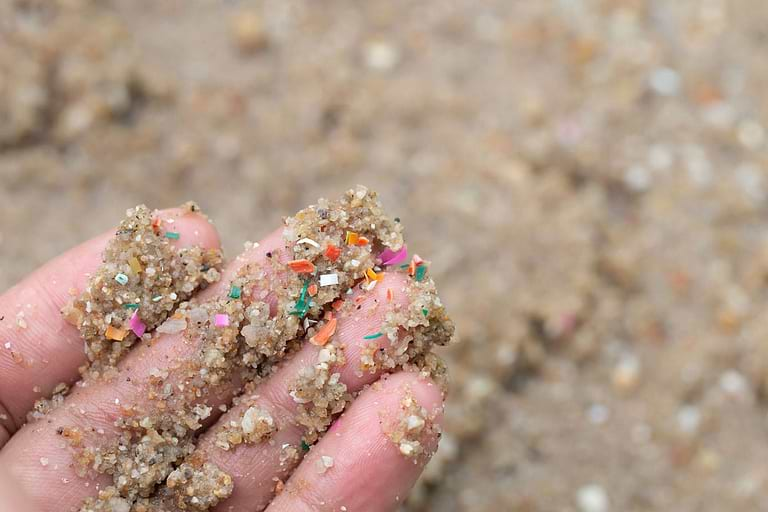Introduction
Packaging psychology delves into the intricate relationship between packaging design and consumer behavior. In an increasingly competitive market, packaging is more than just a container for a product; it is a powerful tool that influences purchasing decisions, brand perception, and consumer loyalty. This article explores the various ways packaging affects consumer behavior, highlighting key strategies and trends, with a particular focus on sustainable and innovative packaging solutions, like those provided by TIPA.
The Role of Packaging Design in Consumer Behavior
Packaging design plays a crucial role in shaping consumer perceptions and decisions. The visual and tactile elements of packaging—such as color, shape, texture, and typography—work together to create an immediate impression. This impression can evoke emotions, communicate brand values, and differentiate a product from its competitors.
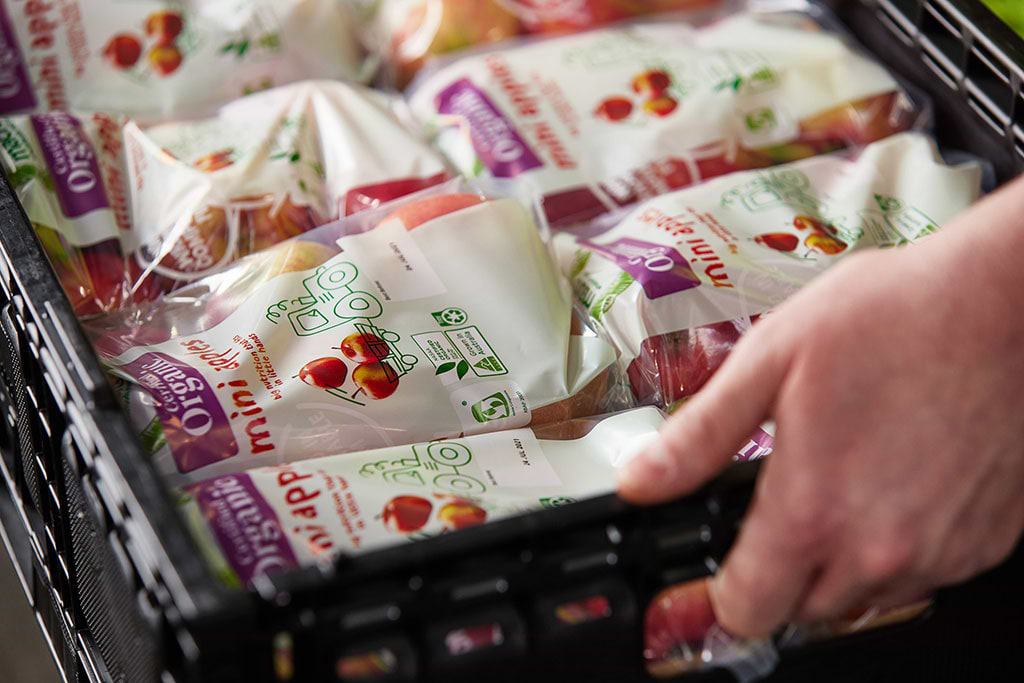
Color Psychology
Colors are a significant aspect of packaging design. Different colors can evoke different emotions and associations. For example, blue often conveys trust and reliability, while red can create a sense of urgency or excitement. Brands strategically use colors to align with their identity and to influence consumer behavior.
Shape and Structure
The shape and structure of packaging also impact consumer behavior. Unique and ergonomic designs can attract attention and provide a better user experience. Packaging that is easy to open, store, and use can enhance customer satisfaction and encourage repeat purchases.
Typography and Imagery
The use of fonts and images on packaging contributes to brand storytelling. Clean, modern fonts can convey a sense of sophistication, while playful fonts might appeal to a younger audience. Imagery that reflects the product’s use or benefits can also influence purchasing decisions.
Impact of Packaging on Consumer Behavior
The impact of packaging on consumer behavior is profound. Effective packaging can capture attention, generate interest, and lead to purchase decisions. Conversely, poor packaging can result in a product being overlooked or rejected.
First Impressions Matter
First impressions are critical in retail environments where consumers are bombarded with numerous choices. Eye-catching packaging can make a product stand out on the shelf, prompting consumers to pick it up and consider it.
Perceived Value and Quality
Packaging can influence the perceived value and quality of a product. Premium packaging materials and designs can create a perception of higher quality and justify a higher price point. Conversely, flimsy or unattractive packaging can diminish the perceived value.
Emotional Connection
Packaging that tells a story or resonates with consumers’ values can create an emotional connection. For example, TIPA’s commitment to sustainable packaging can attract environmentally conscious consumers who feel good about supporting a brand that aligns with their values.
Sustainable Packaging and Consumer Behavior
Sustainable packaging is becoming increasingly important to consumers. As environmental awareness grows, more consumers are seeking products with eco-friendly packaging. Brands that adopt sustainable packaging strategies can enhance their appeal and foster brand loyalty.
TIPA’s Innovative Solutions
TIPA offers innovative packaging solutions that combine the benefits of traditional plastic packaging with the sustainability of biodegradable materials. Our products break down into compost, leaving no toxic residue, microplastics, or other pollutants. This innovative approach not only meets consumer demand for sustainable packaging but also sets a new standard in the industry.
The Appeal of Sustainability
Consumers are more likely to choose products with sustainable packaging, even if they come at a higher cost. The knowledge that they are making an environmentally responsible choice can enhance their overall satisfaction and loyalty to the brand.
Trends in Packaging Psychology
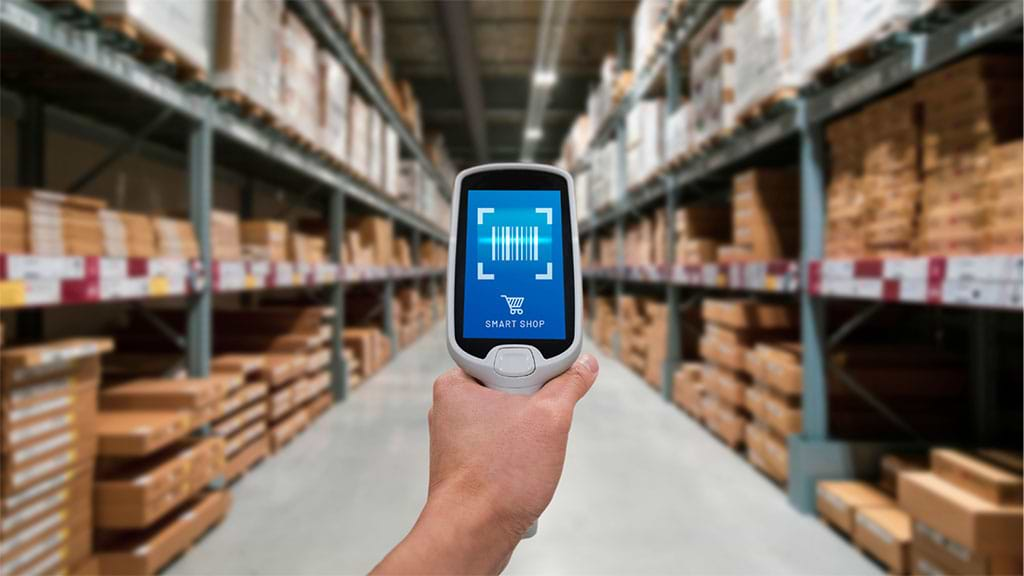
The field of packaging psychology is constantly evolving, with new trends emerging to meet changing consumer preferences and market dynamics. Understanding these trends can help brands stay ahead of the competition.
Personalization
Personalized packaging is a growing trend that can significantly impact consumer behavior. Customizing packaging to reflect individual consumer preferences or occasions can create a unique and memorable experience, fostering a stronger connection to the brand.
Minimalism
Minimalist packaging design, characterized by clean lines, simple typography, and limited color palettes, is gaining popularity. This trend reflects a shift towards authenticity and transparency, resonating with consumers who prefer straightforward and honest branding.
Smart Packaging
Smart packaging incorporates technology to enhance functionality and consumer engagement. Features such as QR codes, NFC tags, and augmented reality can provide additional information, interactive experiences, and even track product freshness, adding value and convenience for consumers.
Strategies for Effective Packaging
Developing effective packaging strategies requires a deep understanding of consumer psychology and behavior. Here are some key strategies that brands can employ to enhance the impact of their packaging:
Know Your Audience
Understanding the target audience is essential for designing packaging that resonates. Demographics, preferences, and purchasing behavior should inform design choices to ensure the packaging appeals to the intended consumer group.
Highlighting Sustainability
For brands like TIPA, emphasizing the sustainability aspect of their packaging can be a powerful strategy. Clear labeling and messaging about the environmental benefits can attract eco-conscious consumers and differentiate the brand from competitors.
Consistency in Branding
Consistency in branding across all packaging elements helps reinforce brand identity and recognition. Using consistent colors, fonts, and imagery ensures that consumers can easily identify and trust the brand.
Functionality and Convenience
Functional and convenient packaging enhances the user experience and can lead to increased customer satisfaction. Easy-to-open designs, resealable features, and compact packaging that is easy to transport and store can make a significant difference.
Conclusion
Packaging psychology plays a critical role in influencing consumer behavior. From the initial visual appeal to the emotional connections and perceived value, packaging can significantly impact purchasing decisions. As consumers become more environmentally conscious, sustainable and innovative packaging solutions, like those offered by TIPA, are gaining traction. By understanding and leveraging packaging psychology, brands can create effective packaging strategies that attract, engage, and retain consumers.
The next time you pick up a product, take a moment to consider how its packaging influenced your decision. It’s a powerful reminder of the crucial role packaging plays in the world of consumer behavior and brand success.










